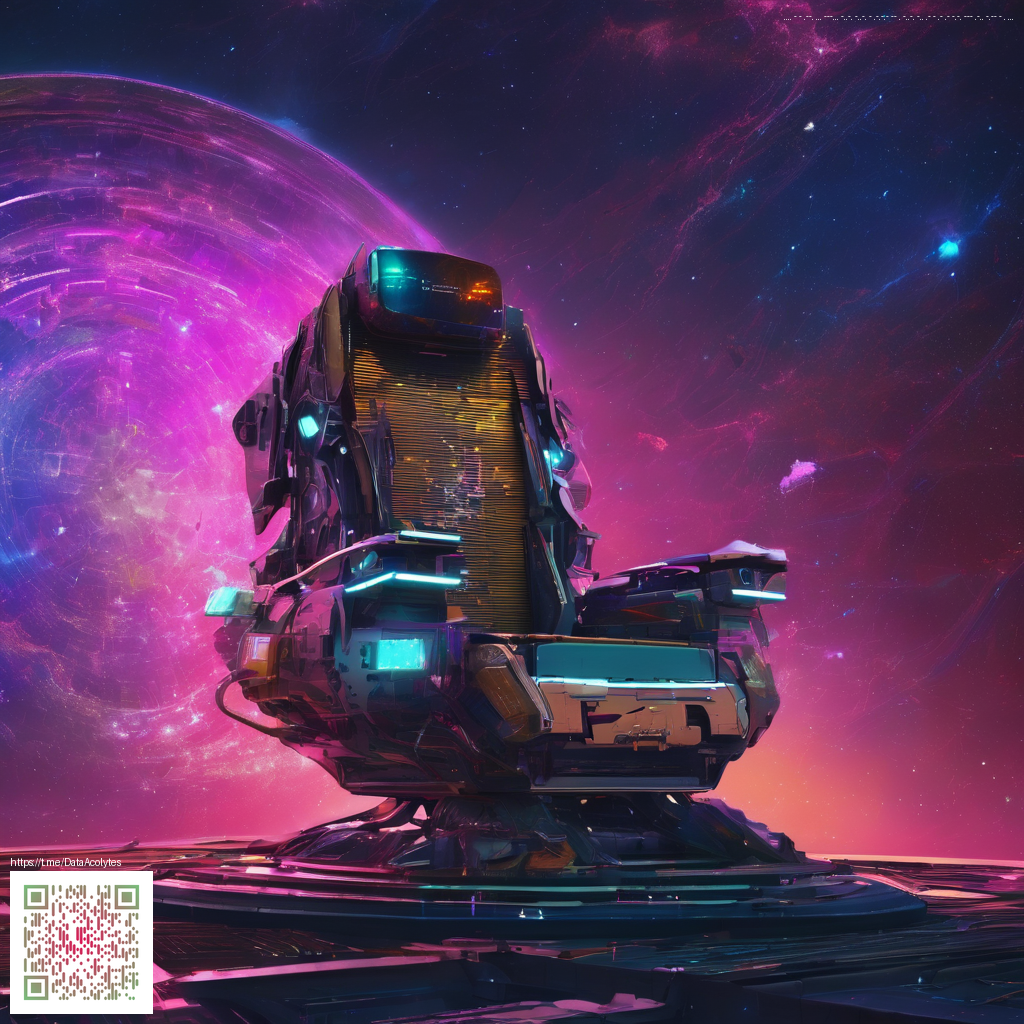
Glimmer, Glow, and Grade: Crafting Iridescent and Shimmer Effects for Digital Paper
In the realm of digital paper art, iridescence isn’t a single color so much as a conversation between light, texture, and angle. You’re not painting one shade; you’re choreographing a spectrum that shifts as your viewer moves. The goal is dynamic colour perception, where a single surface can reveal a chorus of hues—from pearly pinks to electric teals—without ever looking flat. That’s the magic you can summon with a few deliberate techniques, even if you’re working in 2D software or on a stylus-driven canvas.
To begin, think about the way light behaves as it skimps and skates across a surface. Iridescence hinges on micro-shifts: how a highlight travels, where light bounces, and how the underlying texture disperses color. This article borrows a workflow that favors layered depth and responsive gradients, recreating the sense that the paper is reacting to an unseen light source. If you’re exploring the tactile vibe of a desk setup, you might find a physical spark in products like Custom Neon Mouse Pad 9.3x7.8 in (Non-Slip Desk Pad), whose glow hints at the glow you’ll digitally emulate. This cross-pollination of media keeps your designs grounded in real-world texture while letting your pixels do the talking.
Foundations that Beyond-Basic
Start with a plan for light behavior. A straightforward method is to establish a multi-layer gradient system that shifts across the artwork. Use a soft gradient map to assign a base color family, then layer hue-blended highlights that drift as if the angle of view changes. The result is a surface that reads as iridescent rather than simply colorful. In practice, you’ll often combine a base texture with a subtle noise overlay to prevent the surface from feeling too pristine—humans notice synthetic perfection and instinctively distrust it.
“Iridescence is not a fixed palette; it’s a moving light poem.”
Two core techniques dominate: additive light simulations and reflective specularity. The additive approach uses light-orientated blend modes—think Screen, Color Dodge, or Linear Light—to pour brighter colors onto the surface without washing out the underlying structure. Specularity adds punctuated glints where light would physically strike the surface. It’s not about a single bright spot, but a cadence of gleams that glide along ridges and edges of your texture. When done well, viewers perceive depth: a paper that seems to shimmer from within rather than merely shine from above.
Practical Workflow: From Concept to Screen
Begin with a high-resolution base texture that resembles the grain or weave of your digital paper substrate. Layer gradients that run diagonally and mirror the natural direction of light. Use a gradient map to push color through a spectrum—magenta leaning into cyan on one edge, then transitioning to golds near the highlight. Introduce a separate overlay texture—a delicate speckle or micro-scratches texture—to lend realism and avoid that sterile, overly-clean finish. The idea is to let small imperfections act as color mixers, catching the light in subtly different ways across the surface.
Blending modes are your friends here, but so is restraint. Start with 10–20% opacity for glows and keep the strongest color shifts away from the core focal area; iridescence is most convincing at the edges where light would naturally disperse. A few soft highlights can travel along curves or contours in your composition, while subtle color shifts along edges create that prismatic movement the eye loves. If you’re sharing work online, pair your shimmering surface with a complementary background that accentuates the glow without competing for attention.
- Layered gradients to establish color families that shift with time or angle.
- Texture overlays for depth and micro-detail that break up flat color blocks.
- Specular highlights positioned along the most lit contours to imply a reflective surface.
- Blend modes—Screen, Overlay, Color Dodge—to modulate brightness and saturation.
- Noise and grain to prevent banding and to mimic real-world paper texture.
Inspiration and Practical Tips
One way to refine your approach is to study how light dances on a real shimmering surface. Keep a small color stopwatch in your mind: where the light catches, where it spreads, and how the eye reads color shifts. When you translate this to digital paper, you aren’t simply painting iridescent colors—you’re choreographing a light choreography. If you want to explore more about aesthetic textures and how people respond to glow-focused design, you can view related content at the source page linked in the article notes. For a practical, tactile touch, consider how a hardware accessory—like the neon pad mentioned above—can influence your creative instincts and desk setup, even if you’re primarily designing on screen.
As you iterate, keep testing across devices and lighting. Iridescent effects can behave differently under soft morning light than under bright screen glow. The most convincing results occur when you maintain a consistent structural rhythm—a predictable pattern of light and dark that your viewer’s eye can follow—while allowing the color shifts to drift in a controlled, almost musical, way.
Final Thoughts on a Polished, Iridescent Surface
Ultimately, iridescent and shimmering digital paper invites your audience to lean in—there’s motion, color, and texture all playing as one. By layering gradients, textures, and selective highlights, you unlock a surface that feels alive, complex, and irresistibly tactile. The approach isn’t about chasing a single palette; it’s about engineering a color-meets-light choreography that responds to perspective and time. It’s a subtle artistry that elevates your projects—from backgrounds and printed patterns to UI surfaces and digital scrapbooks.